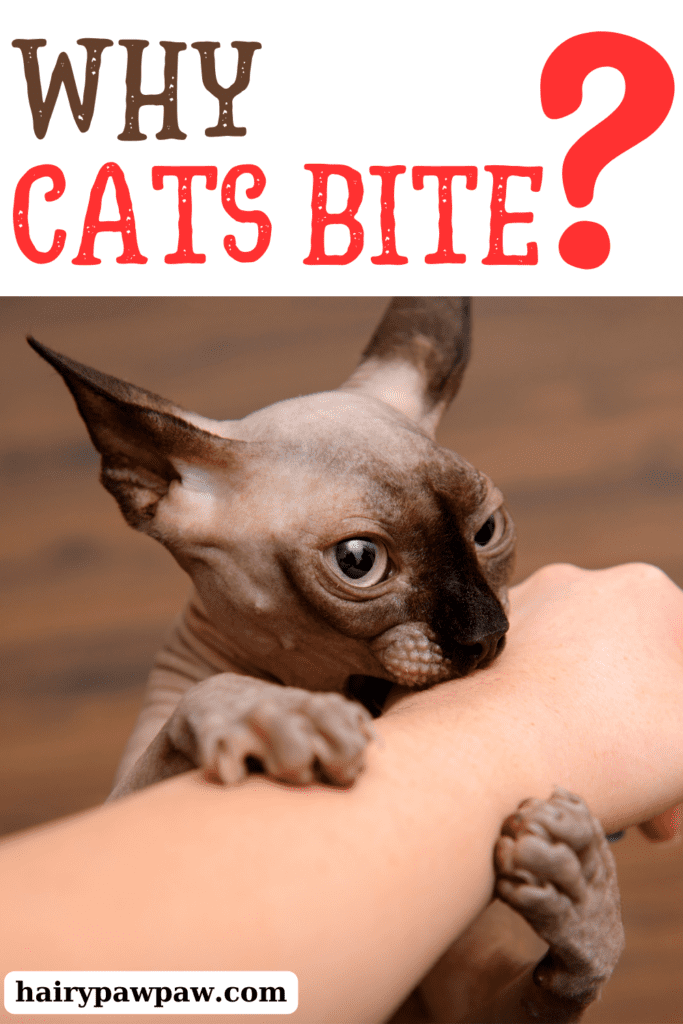British Shorthair vs. Other Breeds: What Makes Them Unique
This post may contain affiliate links, which means I’ll receive a commission if you purchase through my link, at NO EXTRA COST TO YOU
When selecting a cat breed, understanding the differences between breeds can help you find the perfect match for your lifestyle. In this blog, we’ll compare the British Shorthair to four other popular breeds: Ragdoll, Scottish Fold, Norwegian Forest Cat, and Maine Coon. We’ll explore aspects such as appearance, temperament, grooming needs, health considerations, and activity level to help you make an informed decision.

British Shorthair Cats
Appearance:
- British Shorthair: Medium to large in size, British Shorthairs have a round face, large eyes, and a dense, plush coat. Their build is muscular and stocky, giving them a robust and compact appearance. Their coat comes in a variety of colors and patterns.
Temperament:
- British Shorthair: Known for their calm and easygoing nature, British Shorthairs are affectionate but not overly demanding. They enjoy spending time with their owners but are also independent and can entertain themselves.
Grooming Needs:
- British Shorthair: Minimal grooming is required. Their short, dense coat only needs weekly brushing to remove loose fur and maintain its condition.
Health Considerations:
- British Shorthair: Generally healthy, with a lifespan of 12 to 20 years. They can be prone to certain genetic conditions such as hypertrophic cardiomyopathy (HCM), so choosing a reputable breeder who tests for these conditions is essential.
Activity Level:
- British Shorthair: Relatively low-energy. They enjoy lounging and short bursts of play but do not require extensive physical activity.
Ragdoll Cats
Appearance:
- Ragdoll: Large and striking, Ragdolls have a silky, semi-long coat, blue eyes, and a color-pointed pattern similar to Siamese cats. They have a gentle, elongated body with a bushy tail.
Temperament:
- Ragdoll: Extremely affectionate and laid-back. Ragdolls are known for their docile nature and enjoy being held and cuddled. They are often described as “puppy-like” due to their friendly and trusting behavior.
Grooming Needs:
- Ragdoll: Requires regular grooming due to their semi-long fur. Weekly brushing is necessary to prevent matting and tangles.
Health Considerations:
- Ragdoll: Generally healthy, with a lifespan of 15 to 20 years. They can be prone to certain conditions such as hypertrophic cardiomyopathy (HCM), but responsible breeding can mitigate these risks.
Activity Level:
- Ragdoll: Moderate activity level. They enjoy playtime but are not as energetic as some other breeds. They appreciate interactive toys and gentle play.
Scottish Fold Cats
Appearance:
- Scottish Fold: Medium-sized with a unique feature—folded ears that give them a distinctive, owl-like appearance. They have a rounded face, large eyes, and a plush coat that comes in various lengths.
Temperament:
- Scottish Fold: Generally friendly and playful. They are affectionate and enjoy interacting with their owners. Their playful nature makes them a good choice for families.
Grooming Needs:
- Scottish Fold: Grooming needs vary depending on the coat length. Short-haired varieties require minimal grooming, while long-haired types need regular brushing to prevent tangles and mats.
Health Considerations:
- Scottish Fold: Prone to certain genetic conditions related to their ear cartilage, which can cause joint issues. Ensure that you get a Scottish Fold from a responsible breeder who screens for these conditions.
Activity Level:
- Scottish Fold: Moderate activity level. They enjoy playing and interacting with their owners but are not excessively energetic.
Norwegian Forest Cats
Appearance:
- Norwegian Forest Cat: Large and robust, with a semi-long, thick coat designed for cold climates. They have a triangular face with high cheekbones, tufted ears, and a bushy tail.
Temperament:
- Norwegian Forest Cat: Friendly and adventurous. They are sociable, intelligent, and enjoy climbing and exploring. Their playful nature makes them great companions for active families.
Grooming Needs:
- Norwegian Forest Cat: Requires regular grooming due to their thick double coat. Weekly brushing helps prevent matting and manage shedding.
Health Considerations:
- Norwegian Forest Cat: Generally healthy with a lifespan of 14 to 16 years. They can be prone to some hereditary conditions like hip dysplasia and certain heart issues, but responsible breeding practices can reduce these risks.
Activity Level:
- Norwegian Forest Cat: High activity level. They enjoy climbing, exploring, and interactive play. Providing vertical spaces and stimulating toys is beneficial for their physical and mental health.
Maine Coon Cats
Appearance:
- Maine Coon: One of the largest domesticated cat breeds, Maine Coons have a long, bushy tail, tufted ears, and a semi-long coat. Their muscular build and large size make them impressive and sturdy.
Temperament:
- Maine Coon: Friendly, sociable, and often described as “gentle giants.” They are affectionate and enjoy interacting with their owners. Their playful and curious nature makes them well-suited to families and homes with other pets.
Grooming Needs:
- Maine Coon: Moderate grooming required. Their long fur needs regular brushing to manage shedding and prevent matting.
Health Considerations:
- Maine Coon: Generally healthy with a lifespan of 12 to 15 years. They can be prone to certain conditions like hypertrophic cardiomyopathy (HCM) and hip dysplasia. Regular veterinary checkups and responsible breeding practices are important.
Activity Level:
- Maine Coon: High activity level. They are playful and enjoy interactive toys, climbing, and exploring. They benefit from having access to climbing structures and engaging activities.
Conclusion
Each cat breed offers unique characteristics and qualities. The British Shorthair is known for its low maintenance, calm demeanor, and modest activity level. In contrast, the Ragdoll’s affectionate nature, Scottish Fold’s distinctive folded ears, Norwegian Forest Cat’s adventurous spirit, and Maine Coon’s large size and playfulness provide diverse options for potential cat owners. Understanding these differences can help you select the breed that best fits your lifestyle and preferences, ensuring a harmonious and satisfying companionship with your new feline friend.









